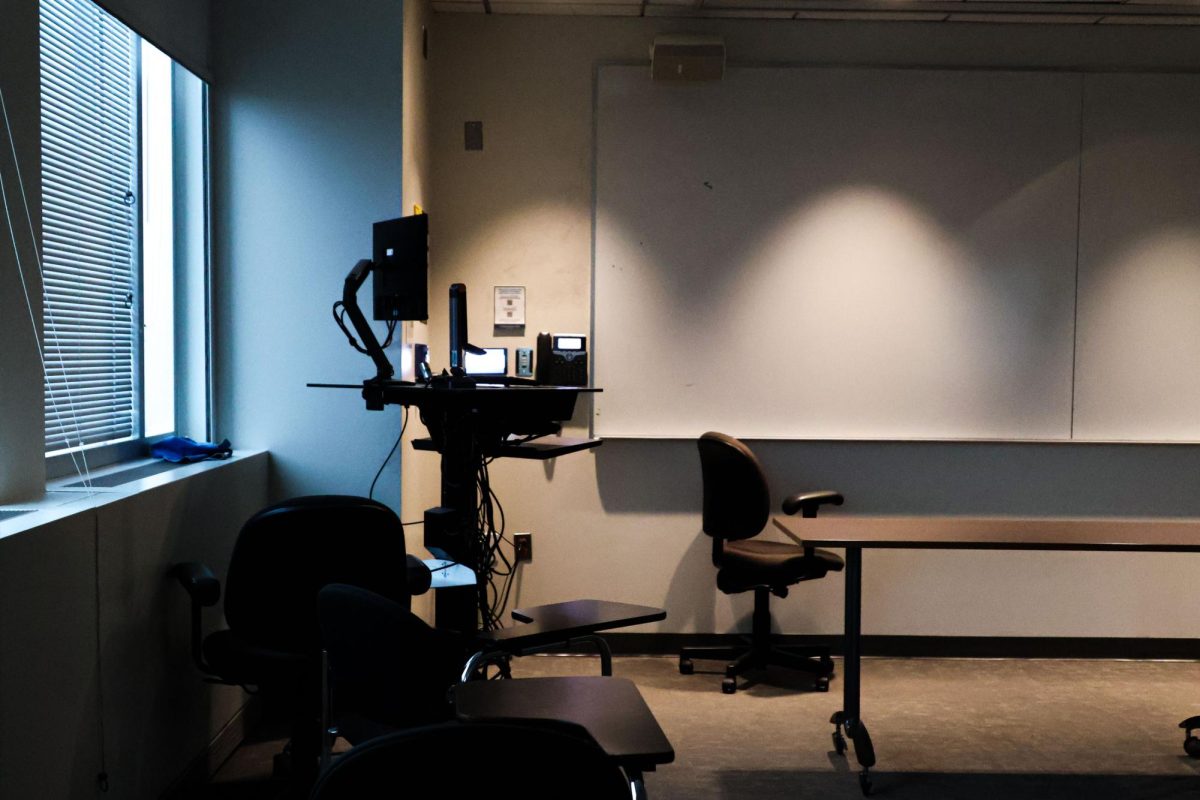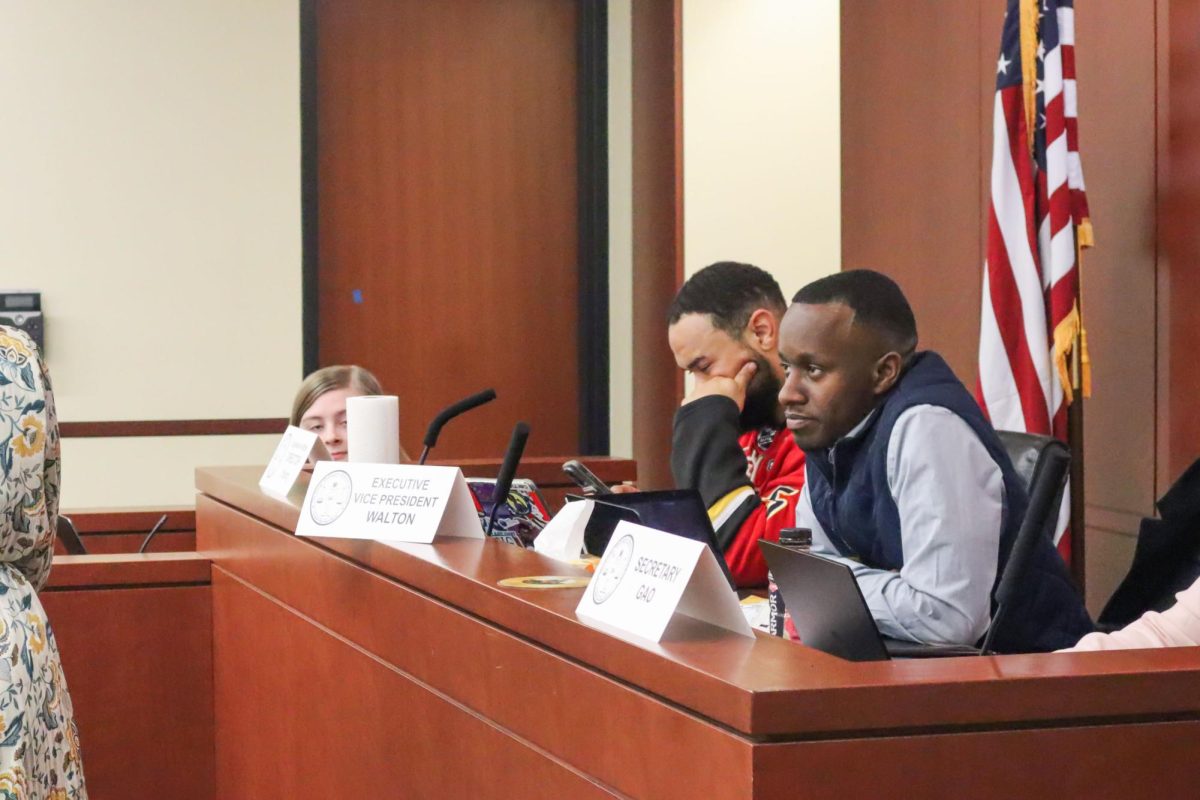Updated: May 18, 2021 at 5:49 p.m.
The Student Court appointed a new chief justice and updated its bylaws to align with the amended Student Association constitution during a meeting Thursday.
The court appointed rising third-year law student Yun-Da Tsai as chief justice and swore in rising second-year law students Zamin Raza and Ian Lam as associate justices. Tsai said he hopes to include a wider range of students in court proceedings through updated bylaws that expand the court’s jurisdiction for students outside the SA, rename judges as justices and increase the number of justices from five to seven.
Tsai said he hopes to educate more students about the Student Court, presenting how it can help settle disputes between student organizations and within the SA. He said the court demonstrates how professional courts operate, settling small disputes and clarifying constitutional language.
“We try to emulate some of the more legalistic aspects of what courts do for better or for worse, so half the battle is going to be exposure,” Tsai said. “And then the other half is going to be transparency and efficiency. “
The SA Senate overhauled its bylaws this past semester to fit with changes made to its constitution last spring, and the court – the SA’s judicial arm – adopted those measures after updating its own bylaws. The court’s expanded jurisdiction will now allow students outside the SA to file a case without an injury, which is any form of harm the student experiences regarding the case.
Tsai said SA senators expanded the court’s jurisdiction to be more “accessible” to students, but more students could also deepen the workload for justices.
“They’re trying to broaden the parties that can come and challenge and bring cases before us, which is always good because of access to justice and all this stuff,” Tsai said. “But at the same time, there’s a possibility that the workload may increase drastically.”
Tsai said two seats on the court remain vacant, and SA President Brandon Hill will appoint new justices to fill them over the summer, when the Student Court will meet again to confirm nominees for the remaining vacancies and appoint a registrar who will oversee logistical proceedings.
Tsai added that under the new bylaws, four justices need to be in concurrence to reach a decision by majority rule compared to only three justices in previous years.
Tsai said he hopes more students, including those outside of the SA, will file cases with the court to settle more disputes regarding student organization finances and other issues like first amendment rights. He said the court has never heard a case about student organization funding, but he hopes to set a precedent for future funding disputes.
“As we go towards being more institutionalized and establishing all of this knowledge and keeping this knowledge with us so that future courts don’t start out like we did last year where it was just five new judges with no idea what was going on, we also are trying to at least ensure that the general student body knows we’re here to serve them,” Tsai said.
Justices also approved an order thanking and congratulating the court justices who served last term for their service and congratulating them on graduation. Justices approved plans to compile a judicial handbook for the 2021-2022 school year, according to the court order.
This post was updated to correct the following:
The Hatchet incorrectly reported that the Student Court is the legislative arm of the SA. The court is the SA’s judicial arm. We regret this error.







